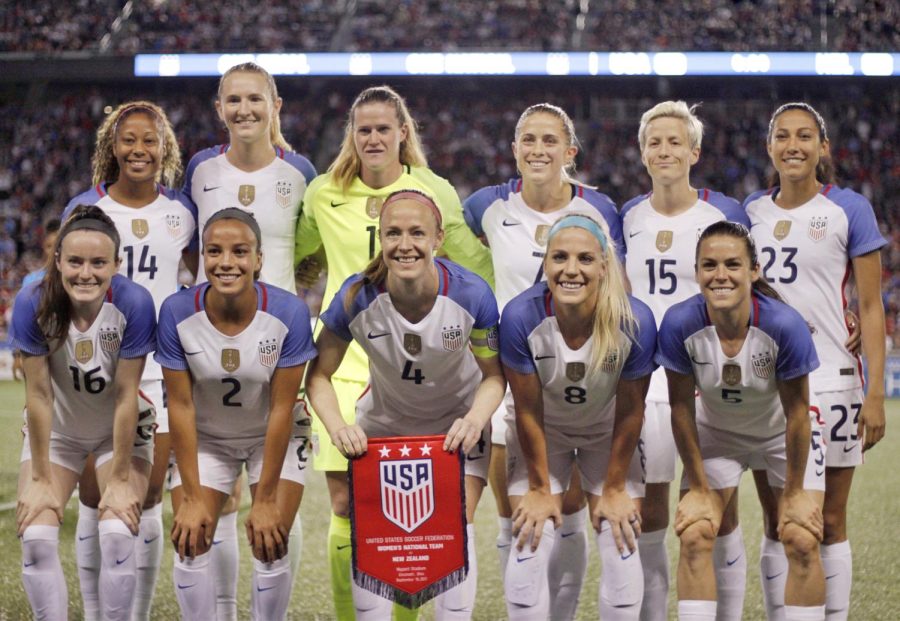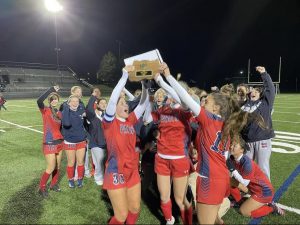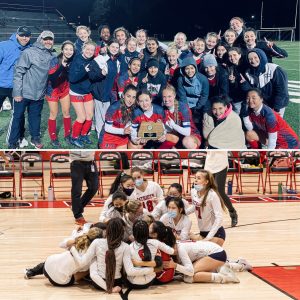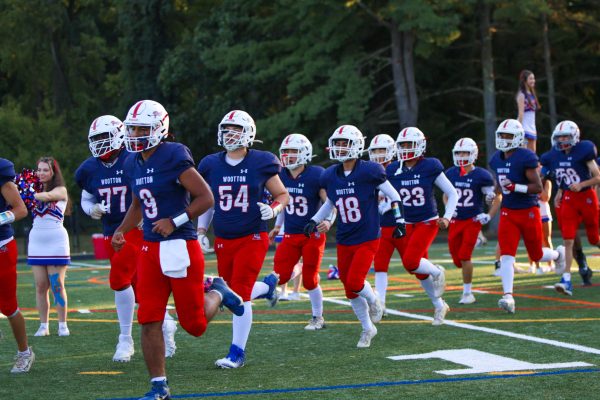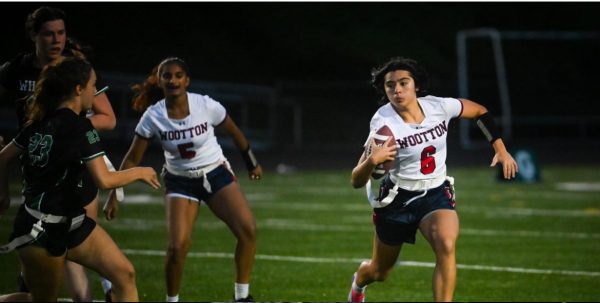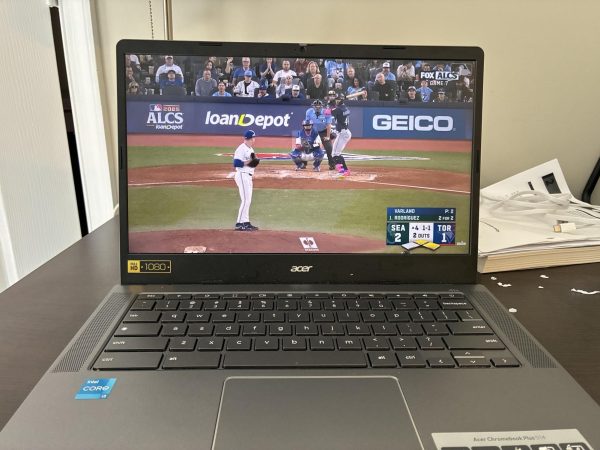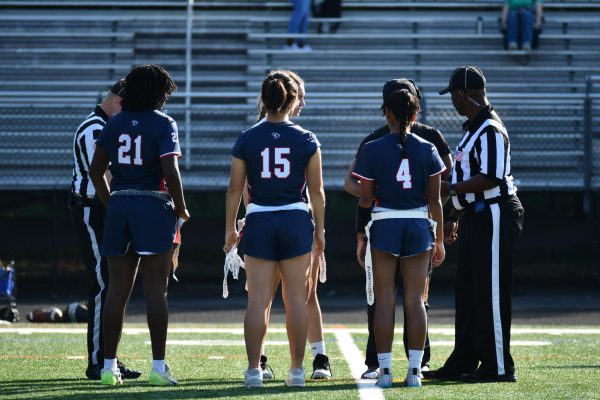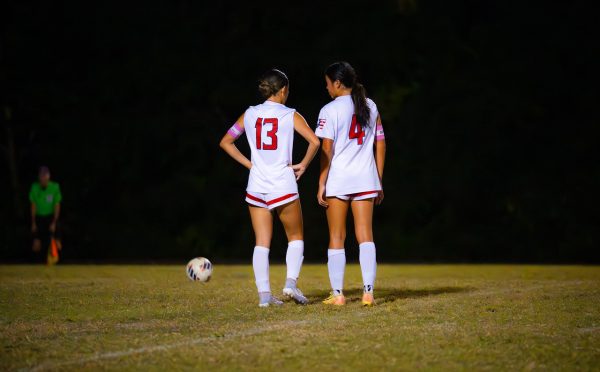U.S. women’s soccer gets equal pay
Photo used with permission from Google Commons
The United States Women’s National Team poses after their win against New Zealand in 2017.
Throughout history, women in sports have been paid less than men in the same sport. The root of the problem often is contracts, which are structured differently for men and women. Players’ fight for equal pay is long-standing, but for the United States Women’s National Team, enough was enough. In February of 2022, the team won a lawsuit against U.S. Soccer, paving the way for equal pay for women in the sport.
In the settlement, U.S. Soccer agreed to pay a lump sum of $22 million in back pay to players, as well as an additional $2 million into a fund for players’ post-career goals and charitable efforts. While the agreement falls short of the $66 million that the players requested, it is still seen as a significant victory. “It’s honestly kind of surreal. I feel like I need to take a step back. We’ve all been in the trenches of it for so long. I think I honestly don’t even understand how monumental this is,” captain of OL Reign and the Women’s National Team Megan Rapinoe said in an interview with The Athletic.
However, the biggest win to come out of the lawsuit is not back pay, but equal pay moving forward. The women’s and men’s national teams will now receive equal pay rates in all friendlies and tournaments, which includes the World Cup. “We are pleased to announce that, contingent on the negotiation of a new collective bargaining agreement, we will have resolved our long-standing dispute over equal pay and proudly stand together in a shared commitment to advancing equality in soccer,” both parties said in a joint statement.
The team’s fight for equal pay began in 2016, when five high-profile members of the women’s national team filed a federal equal pay complaint. Members of the women’s team had historically been paid thousands of dollars less than men at nearly every level of competition, despite overall having a superior performance. Later in 2019, 28 players sued U.S. Soccer months after the men’s team had failed to qualify for the 2018 World Cup. The women’s claims were dismissed by a federal judge on the basis that women’s and men’s contracts are different structurally. The players filed an appeal in July of 2021, pointing out the stark differences in pay rates and the reality that women had to win more than men in order to receive bonuses. “I am so stoked about them [USWNT] getting equal pay because it was extremely frustrating to see them being paid less for so long when they had four more World Cups and were even making more revenue than the mens team,” senior and member of the girls varsity soccer team Katie Wood said.
The collective bargaining agreement with U.S. Soccer was headed by the United States Women’s National Team Players Association, which serves as an advocate for women soccer players. Both parties agreed to operate under a “memorandum of understanding,” with settlement agreements occurring through March. “We feel like this is a huge win — obviously contingent upon the ratification of the CBA — but it will have equal pay on everything moving forward,” Rapinoe said.
While this is just one team, the team’s achievements have opened the door for equality in women’s soccer, as well as other women’s sports world wide. The lawsuit was a significant victory for the team, and they credit past players for their struggle to receive equal pay. “I’m proud of how far the USWNT has come, and what they’ve been able to achieve. This can apply to other women’s sports in the future because it shows other women that anything is possible if you work for it.” junior and member of girls varsity soccer team Hope Safai said.
Your donation will support the student journalists of Thomas S. Wootton High School. Your contribution will allow us to purchase equipment and cover our annual website hosting costs.
Sarah is a 2023 graduate.


